Schneider Electric Lighting accessories
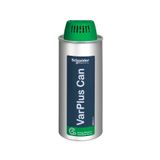
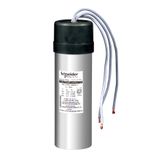



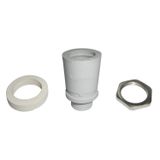
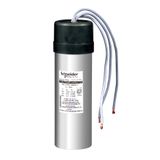
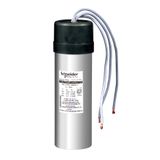
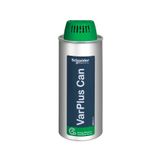
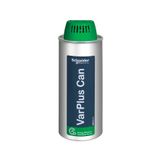
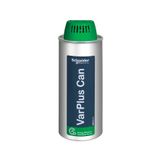
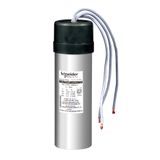
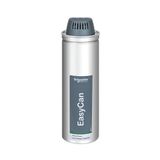

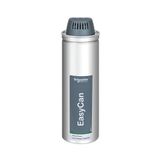



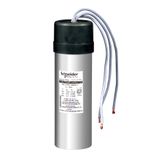
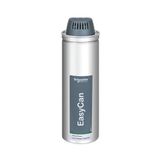
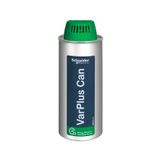


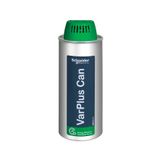
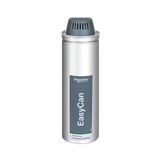
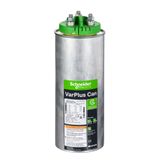
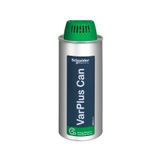
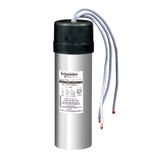
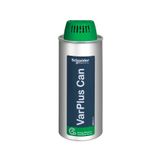
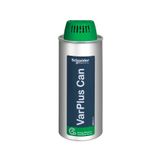
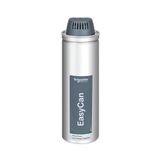
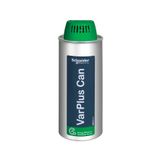
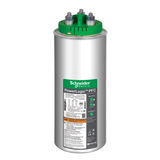
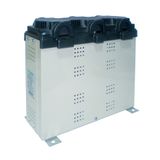
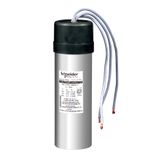

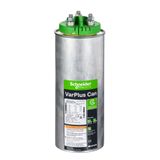
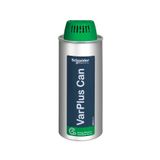


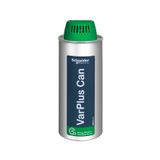


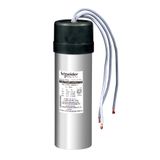
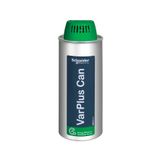


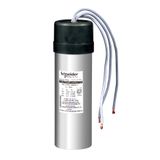
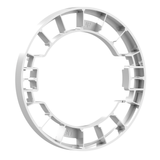
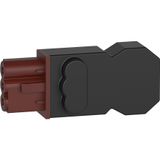



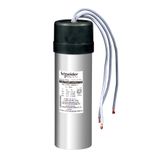



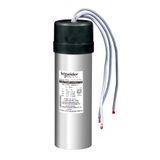

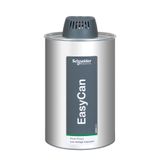
Schneider Lighting Accessories for professional installs
Specifiers and panel shops use this portfolio to finish runs cleanly, maintain optical intent, and keep maintenance predictable over years of service. Families include suspension and surface hardware, gear-tray and emergency kits, optical elements, end caps, joiners, gaskets, and retrofit plates sized to common trunking and recessed bodies. Materials are zinc-plated steel, anodized aluminum, and UV-stable polymers; stainless options exist for food and wash-adjacent zones. IP ratings follow the host luminaire; seals and breather plugs are selected to preserve IP54–IP66 where required. All items ship with torque values so ceiling crews and cabinet techs land parts correctly the first time.
Product range and selection logic
- Suspension and surface kits: single/dual-point wires, rigid rods, and anti-twist couplers; fixed or adjustable canopies for sloped ceilings.
- Recessed accessories: spring baskets, retrofit frames for oversize cutouts, safety cables, and air-seal gaskets to protect HVAC balance.
- Through-wiring and interconnects: pre-terminated jumpers (3/5/7-core) with keyed plugs for phase, control (DALI-2/1–10 V), and emergency conductors; bend-relief boots survive ceiling pulls.
- Emergency add-ons: maintained/non-maintained packs, test leads, and indicators aligned with EN 60598-2-22; temperature-rated cells support 50 °C plenums.
- Optical and glare control: lenses and baffles to hit UGR targets in offices and training rooms; high-bay optics for aisle or wide distributions.
Schneider Mounting Kits for panels and ceilings
Mechanical interfaces repeat across series so installers can standardize drill patterns and cut install minutes per run. Brackets match 600/625 grids for tiles, 68–200 mm round cutouts for downlights, and common trunking pitch for continuous lines. Drop-prevention is addressed by secondary safeties with rated carabiners. For harsh plants, rubber-isolated carriers reduce vibration coupling; in clean rooms, closed-profile hangers minimize dust traps. Panel builders mount drivers on perforated plates with stand-offs that respect creepage from mains sections, keeping cabinet lighting UL/EN clearances intact.
Optical elements and photometry control
Low-glare micro-prismatic optics support EN 12464-1 office tasks (UGR ≤ 19) while linear ribbed lenses flatten luminance across long runs. For racking aisles, narrow aisle optics lift vertical illuminance at 1.5–2 m height without wasting power on walkways. Outdoor visor kits trim spill light on façades. Where colour matters, use CRI 90 engines and maintain SDCM ≤ 3 by selecting optics from the same family lot. In retrofit work, note driver current and board pitch so the chosen schneider diffuser lenses preserve beam shape and uniformity.
Electrical interfaces and control
Harnesses are offered for on/off, 1–10 V, DALI-2, and wireless bridges. IDC or push-in terminals speed factory prep; field versions arrive with halogen-free cable and printed cores. Emergency indicator repeaters fit standard bezels; functional-test inputs land on room controllers or BMS. Surge-coordination notes in the data sheets help pair luminaire-level SPDs with board-level protection to avoid overstress on drivers.
Schneider Trim and Frames options
Aesthetic families include flush, proud, and trimless solutions for plaster and modular ceilings. Bezel widths are chosen to mask edge chipping and maintain identical shadow gaps across mixed materials (glass, PC, metal). Anti-glare black trims control luminance at high angles; white or metallic finishes align with lobby and retail palettes. Replaceable snap-rings let FM teams service optics without removing the whole body.
Applications and compatibility
Office floors: UGR-controlled panels and continuous lines with quick-connect jumpers speed floor churn. Retail and hospitality: accent downlights with interchangeable reflectors and trims keep visual hierarchy sharp. Industrial halls: IP65 linear battens with gland plates, anti-vibration hangers, and through-wiring. All accessories align with the brand’s drivers, control gear, and protection tiers, so schneider luminaire parts land on the same drawings and torque charts as the luminaires themselves.
Maintenance and retrofit practice
Document accessory codes in the luminaire schedule and stock a 5–10 % spare of high-wear items—suspension sets, seals, end caps, jumpers. For ceiling changes, keep retrofit rings that re-center older cutouts. When converting legacy rows, use adapter rails that pick up existing anchor points; it shortens shutdowns and avoids new fire-stopping. For inventories spanning multiple buildings, standardize one connector system and one safety-cable spec across all ranges so swaps stay tool-predictable—this keeps schneider spare lighting parts lean and serviceable.
Quality, ratings, and standards
Ingress and thermal depend on the host; accessories preserve ratings when installed per instruction. Plastics are halogen-free where specified and meet UL 94 V-0/V-2 by family; seals use EPDM or silicone with compatible detergents. Suspension components carry stated SWL with 5:1 safety factors; electrical parts reference IEC 60598-1/-2 and IEC 62386 for control, with EMC per EN 61000-6-x.
Integration with other Schneider platforms
DALI-2 gateways, room controllers, and contactor packs share terminal conventions and labeling with the lighting line. Emergency packs report tests to the same BMS, while panel-mount driver trays align with Acti9 protection spacing. Trunking joiners mirror cable-tray drop geometry to keep verticals tidy and strain off the terminal row.
Selection criteria for B2B engineers
- Ceiling and substrate: tile grid vs plaster vs exposed services dictates hanger style and frame type.
- Optics and glare: choose baffles or micro-prisms to meet task UGR; check aisle/area distributions in industrial zones.
- Controls: DALI-2 for scenes and analytics; 1–10 V for simple zones; ensure jumper core count matches emergency+control needs.
- Environment: IP/IK targets, chemistry, and temperature; pick stainless hardware and closed profiles in wash-adjacent spaces.
- Service model: tool-less lenses, quick-release trays, keyed connectors; stock common seals and hangers per floor.
Procurement and documentation
Build a per-space kit: hanger set, frame/trim, lens/optic, jumper set, emergency pack (if needed), labels, and torque card tied to the CAD article. For continuous lines, lock feed positions and joiner counts per bay length to avoid site arithmetic. Cross-reference EAN/MPN in the schedule so procurement can track substitutions without breaking photometric intent.
Advantages of working with Bankoflamps
Bankoflamps aligns pricing with your room schedules and exposes live EU stock before you block installers. Quotes typically land in about an hour. Ordering by EAN/MPN prevents variant drift; your portal shows lead times, shipment status, and downloadable price lists. Approved partners can use post-payment up to 30 days. We consolidate partials to reduce freight and hold price-validity windows so phased fit-outs stay predictable. Your account manager verifies compatibility—drivers, optics, hangers, jumpers—so pallets arrive complete and ready to hang.